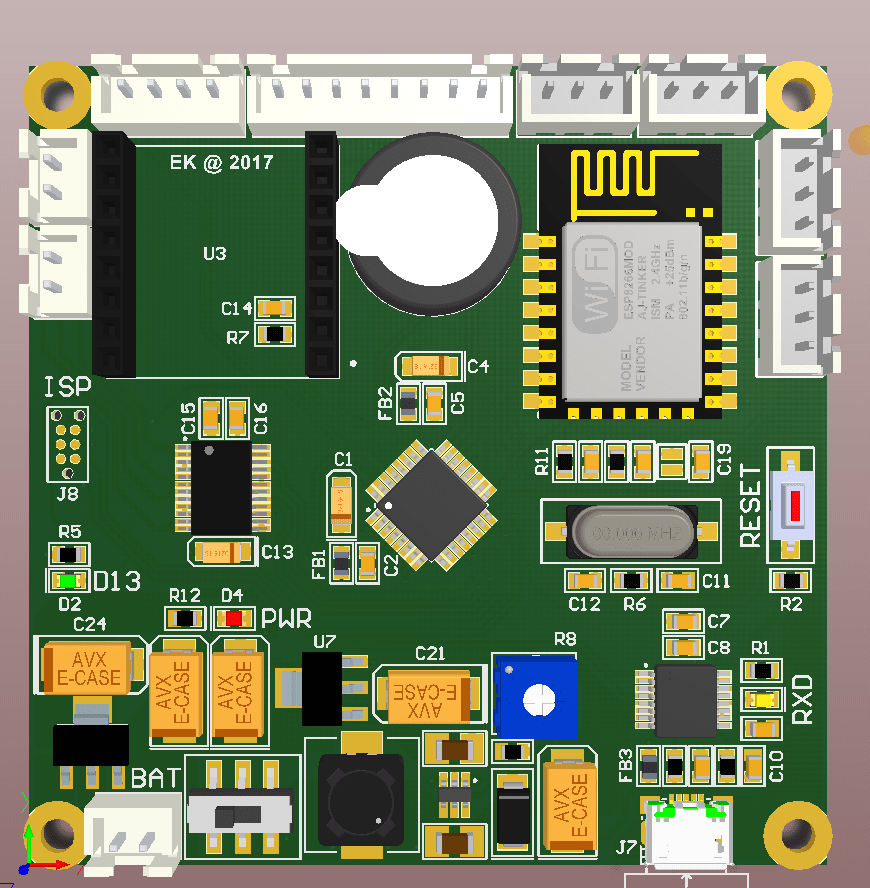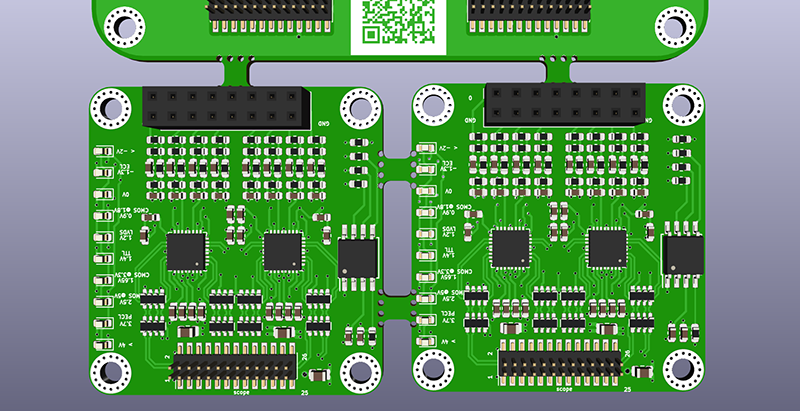

Once the PCB is fully plated, a surface finish is applied to the exposed conductors. After these processes, solder mask is applied and a plating process is used to plate up exposed through-holes and form vias. PCB fabrication involves producing individual layers in the PCB in succession, followed by pressing these into the stackup and drilling any holes and routes into the surface of the board. The techniques covered here are standard for the vast majority of PCBs that are manufactured today and can cover advanced designs operating at very high speeds and frequencies. Narrower vias may require HDI fabrication techniques, which are best covered in a dedicated design course. We’ll also focus on standard processing with vias, meaning through-hole vias no smaller than 6 mils in diameter.

Flex and rigid-flex PCBs, as well as HDI PCBs, have their own specialized fabrication processes, so they won’t be covered in this course. In this section, we’ll focus on the fabrication process used for rigid PCBs. Finally, the fabricated board will be inspected using a series of tests to ensure it has the required electrical behavior. Then, the board passes through a series of chemical and mechanical processing steps to build up the PCB stackup with its printed elements. The PCB fabrication process first begins by converting manufacturing files into tooling. The first half of the manufacturing process is fabrication, where the bare board is produced and inspected before being sent off to assembly. Now that your board design is completed, the board has passed a design review, and all of your files are prepared, it’s time to move it into manufacturing.


 0 kommentar(er)
0 kommentar(er)
